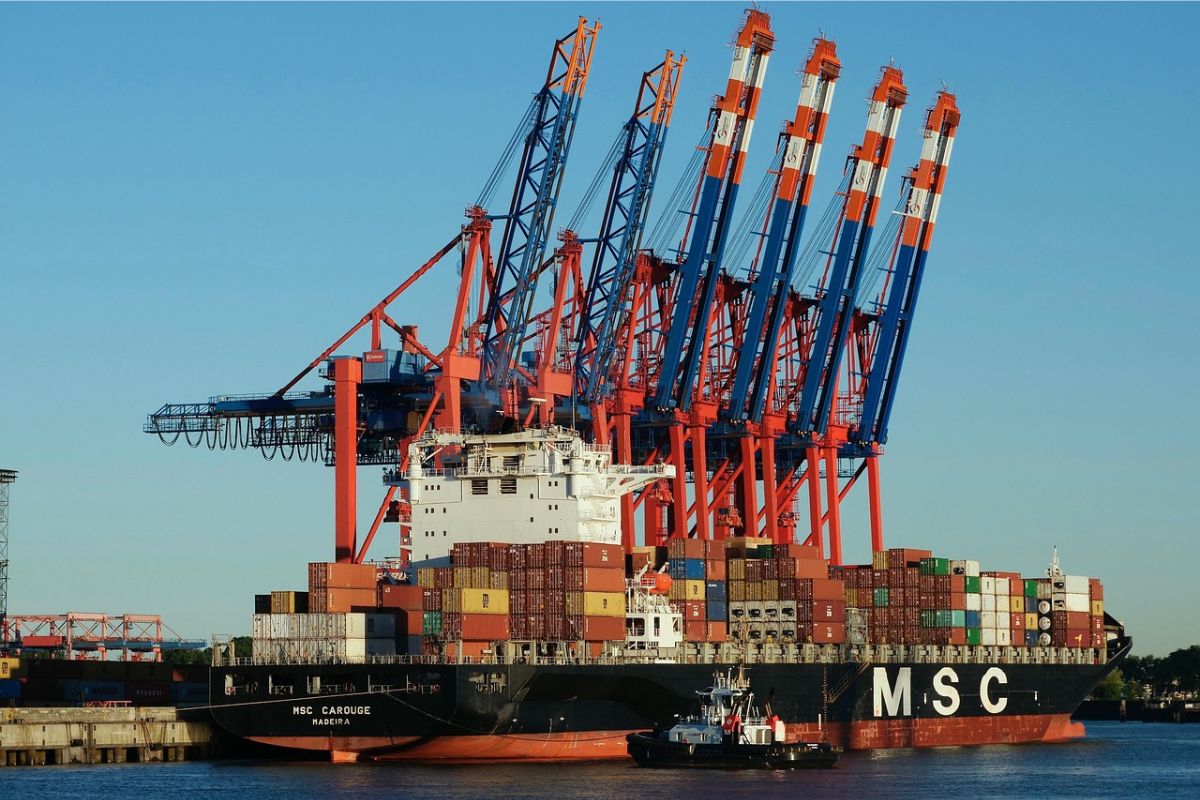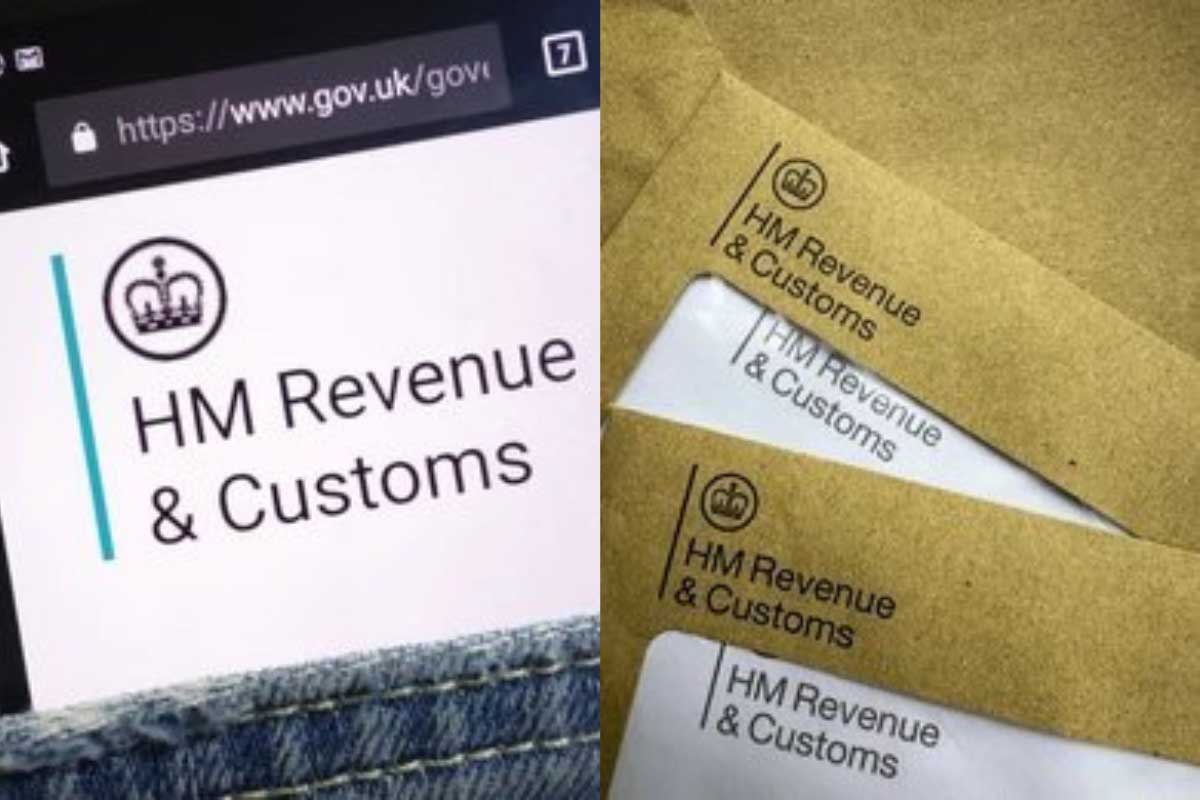Shipping is one of the biggest operational expenses for any business. With the immensely rising cost of materials, fueling expense, and customer expectations around free delivery, reducing shipping charges is critical to staying competitive. The best part is that you can use various methods to reduce shipping expenses without sacrificing reliability or speed.
Here, we are going to explore some of the best and cheapest methods for small businesses in 2025 that think and go out of the box.
Choose the Right Carrier Based on Package Type
Shipping isn’t a method that has a one-size-fits-all solution. USPS, UPS, FedEx, and other couriers serve distinct and unique traits. And their pricing is solely based on package size, weight, and distance.
USPS: Best for Small, Lightweight Packages
For businesses operating on a small scale and mostly dealing with items under 2-3 lbs, USPS is the more reliable and economical option to go with, with their commercial pricing, first-class mail, and priority mail flat rate services. The priority mail is the one to go with when shipping coast-to-coast. You pay one fixed amount, no matter what the distance is, making your budget and allocation more predictable.
UPS and FedEx: Better for Heavy or Urgent Shipments
If you are shipping items that are over 3 lbs or need to be delivered on time, UPS and FEDEX can offer competitive by road or by air options. Many businesses meet the criteria for discounted rates through a small business program or by simply working with other third-party platforms.
Tip: Compare all carrier rates using tools like Pirate Ship, Shippo, or Shopify Shipping to find the cheapest provider for each package type.
Reduce Dimensional (DIM) Weight Charges
DIM weight pricing charges on the volume of a package rather than on its actual weight, which means a large but lightweight box can cost more than a smaller, heavier one.
To avoid overpaying:
- Use smaller, snug-fitting packaging for your products.
- Avoid over-packing or unnecessary padding unless it’s essential for protection.
- Switch from boxes to padded mailers or poly bags when shipping apparel or non-fragile goods.
Even to this day, some of the platforms are now using an AI to recommend optimal box sizes based on the product’s dimensions, steadily helping small businesses automatically reduce the wasted space.
Take Advantage of Flat-Rate and Cubic Shipping
Flat-Rate Shipping: Simplicity and Predictability
USPS’s flat-rate boxes are perfect for businesses that are shipping items of similar size and weight. You will know how much you need to pay before you print the label, and the boxes are free. This works so well for items such as subscription boxes, accessories, cosmetic items, or even electronics that can easily snuggle into the provided package.
Cubic Shipping: Big Savings for Small, Dense Packages
If your business ships heavy items in compact boxes, USPS Cubic Pricing is a game-changer option for many small businesses. It calculates charges based on the volume, not on weight, resulting in major savings for items under 20 lbs that fit in smaller boxes.
Cubic pricing is only accessible through an approved shipping software or providers, not locally available at the office counter, so for that, you need to use certain platforms such as Pirate Ship to get these rates.
Consolidate Shipments and Use Batch Shipping
Efficiency is your goal here, and if you ship various packages to the same location or region, sending them in one go can lower your per-unit shipping cost easily.
Why consolidation works:
- Fewer pickups and fewer packages mean reduced labor and fuel charges.
- You may qualify for bulk or pallet shipping discounts via Less-Than-Truckload (LTL) services.
If you’re shipping over 150 lbs at once, LTL freight becomes a highly cost-effective option, especially with the help of freight brokers who can negotiate better-than-published rates.
Partner with Third-Party Logistics (3PL) Providers
Third-party logistics providers can significantly reduce your shipping costs, especially if your business is growing or you’re fulfilling orders across multiple regions.

3PLs often offer:
- Bulk shipping discounts through established contracts with carriers
- Strategic warehouse locations closer to customers to reduce delivery zones
- Pick, pack, and ship services, saving time and internal resources
While 3PL services come with a fee, many small businesses find that the cost savings on postage, labor, and overhead more than make up for it.
Automate Your Shipping Workflow
Technology can make a major impact on both your time and your shipping expenses. By automating your shipping process, you reduce errors and access better rates.
Platforms like:
- Shopify Shipping
- ShipStation
- EasyPost
- ShipBob
You can connect your store to multiple carriers, print labels automatically, calculate real-time rates, and even optimize packaging selections.
They also allow you to compare rates instantly, apply discounts, and track shipments all from a single dashboard.
Offer Smarter Shipping Options to Customers
Customer-facing shipping options can directly influence your backend costs. By being strategic about how you present shipping at checkout, you can increase order value and reduce costs per shipment.
Consider:
- Free shipping thresholds (e.g., free shipping on certain orders) to encourage larger carts.
- Local pickup or same-day delivery for local customers, bypassing national carrier fees altogether.
- Tiered shipping options, such as Economy (cheapest), Standard, and Express, let customers choose what matters most: time or cost.
Negotiate Rates and Re-Evaluate Regularly
Even small businesses have leverage. Carriers want your business, and many will offer custom rates based on your volume or shipping profile. Don’t assume the sticker price is your only option.
How to negotiate better shipping rates:
- Use your shipment history as leverage.
- Ask for small business programs (FedEx Small Business, UPS Digital Access Program, etc.)
- Renegotiate every 6–12 months as your volume grows.
- Ask about fuel surcharge waivers or bulk discounts.
Final Thoughts: Shipping Smarter Means Growing Stronger
Small businesses don’t need a massive budget to stay on the top, by combining some of the smart carrier selection, better packaging, negotiated rates, and shipping automation, you can reduce your shipping cost quite well, improve fulfillment speed and accuracy, and increase the overall customer satisfaction with the most flexible options available.
Smarter shipping isn’t optional; it’s strategic. With the right tools and planning, you can turn shipping from a cost center into a competitive advantage.





